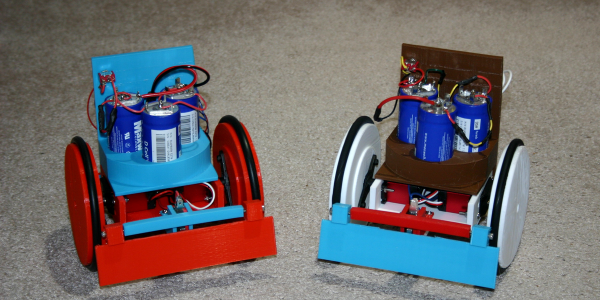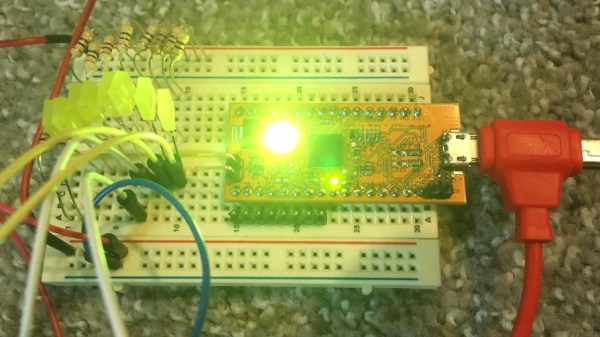When you’re driving your virtual supercar around the Italian countryside the last thing you want is an inauthentic steering wheel feel, that’s where Open FFBoard comes in. Racing game enthusiasts will go to impossible and sometimes incredibly expensive lengths to build extravagant simulators. [Yannick] feels many of these products are just a little too pricey without much need.
Right now his board is still in a process of iteration, though it can integrate with Assetto Corsa already. You can see in the demo video after the break that it responds quite realistically to the video game state, however problems keep cropping up in search of solutions. Motor drivers burn out and power resistors are added: that energy has to go somewhere. Next up will be switching to the increasingly popular Trinamic drivers. Either way we can’t wait to see the next revision and to get another amazing simulator build sent in to us, maybe centered around the Open FFBoard.
Continue reading “Feel The Virtual Road With Force Feedback”




















